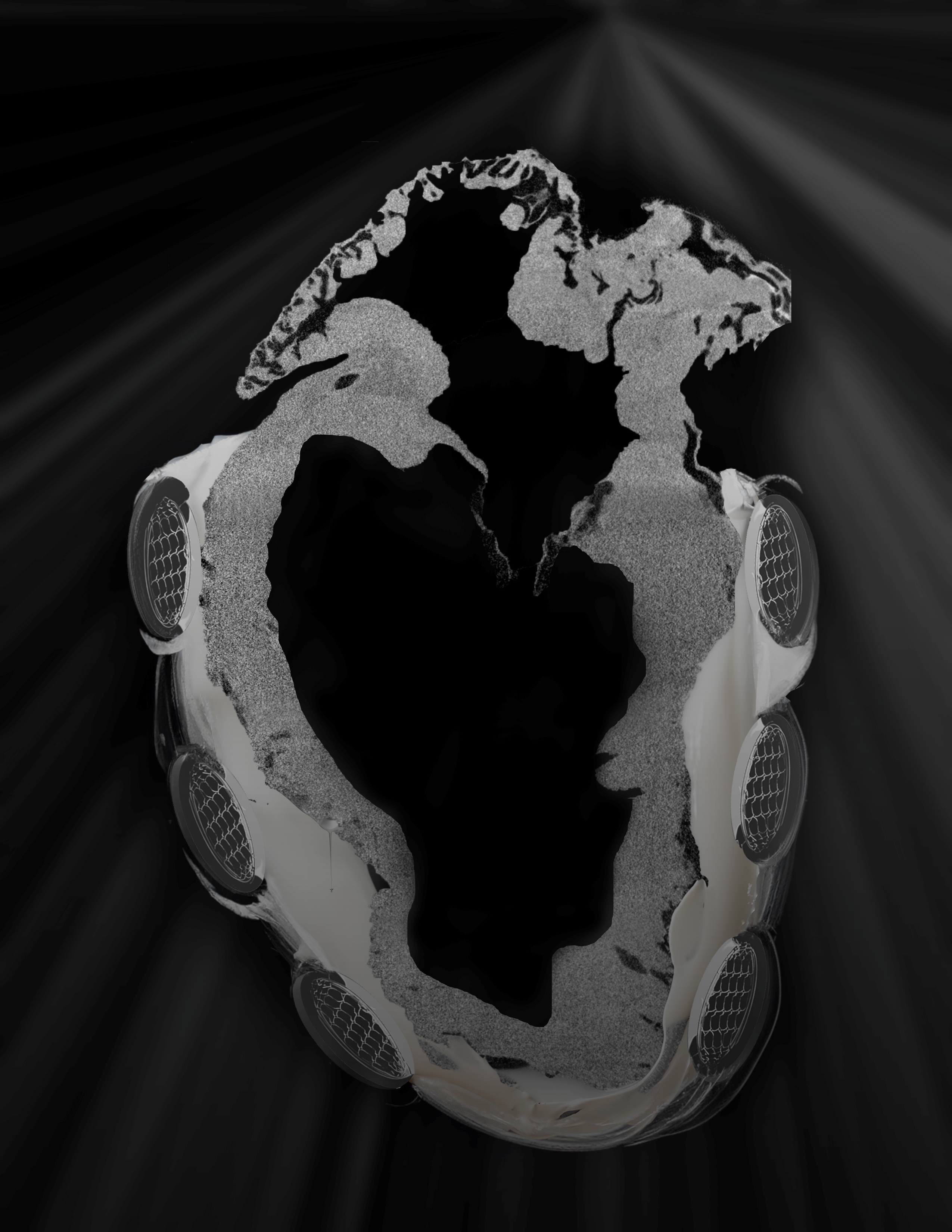By meshing together real heart tissue and sophisticated soft robotic technology, scientists have created a biorobotic heart that beats like a living organ. The model captures the complexity of a human heart in a way that has not been possible until now, and could be a game-changer when it comes to trying out new treatments and surgical procedures for heart disease.
Before any medical intervention can be used in a real patient, it must be thoroughly tested to check for safety and efficacy. For procedures involving the heart, there are a couple of options available to researchers: simulators and animal models.
The current simulators have a short shelf-life, only remaining usable for a matter of hours, and can’t completely mimic all the individual structures that make up a heart. Animal studies, while still very valuable in many areas of medical research, are expensive, time-consuming, and undeniably controversial. Efforts to reduce the need for live animals to be used in research have seen advances in lab-grown organoids, as well as replacement with computer models or cell lines where possible.
Now, we can add a soft robotic beating heart to that list.

The muscle around the left ventricle was replaced with a silicone-based, air-actuated pump.
Image credit: Manisha Singh
“The simulator has a huge benefit as a research tool for those who study different heart valve conditions and interventions,” said senior author and biomedical engineer Ellen Roche of MIT in a statement.
“It can serve as a surgical training platform for clinicians, medical students, and trainees, allow device engineers to study their new designs, and even help patients better understand their own disease and potential treatments.”
Specifically, the team were focused on a condition called mitral regurgitation, which affects an estimated 24.2 million people globally. In this disorder, the mitral valve between the left atrium and ventricle of the heart does not close properly, meaning blood can flow the wrong way.
For patients, this can cause a number of symptoms, from shortness of breath to swollen limbs, and even heart failure if left untreated. Surgery to correct the problem is possible but very tricky, due to the highly complex structure of the valve.
To create a new way of studying a healthy and a diseased mitral valve, the team used a pig heart as a base, removing the thick muscle that surrounds the left ventricle and replacing it with a robotic silicone pump. When inflated, the pump squeezes and twists the heart just like a real muscle would, with impressive blood-pumping power.
By damaging the mitral valve to make it leaky, the team could then allow cardiac surgeons to go to town on the biorobotic heart, trying out three different surgical techniques to correct the problem: anchoring the valve tissues so they wouldn’t leak; implanting a device to help the valve close properly; or replacing the valve altogether with a prosthetic one.
All three procedures worked. You can watch the motion of the valves in the biorobotic heart in the video below – you’d never know the pumping was powered by silicone, rather than muscle.
“It was really interesting for the surgeons to see every step,” said Roche. “When you’re working with patients, you can’t visualize the process because there’s blood in the heart.” The artificial blood the system uses is colorless, so doesn’t obscure the view, but the robot heart can still be subjected to all the imaging methods that are used in hospitals. Having access to a system like this could prove invaluable for cardiac surgery training.
The team have high hopes for their innovation, and are now working to extend the shelf life and shorten the production time. It may also be possible to replace the pig heart with a 3D-printed synthetic human heart.
For the researchers, the goal is to get these devices approved and onto the market as quickly as possible – because, as Roche put it, “Expediting and improving these processes will ultimately benefit patients.”
The study is published in the journal Device.
Source Link: Scientists Created A Biorobotic Heart That Beats Like The Real Thing